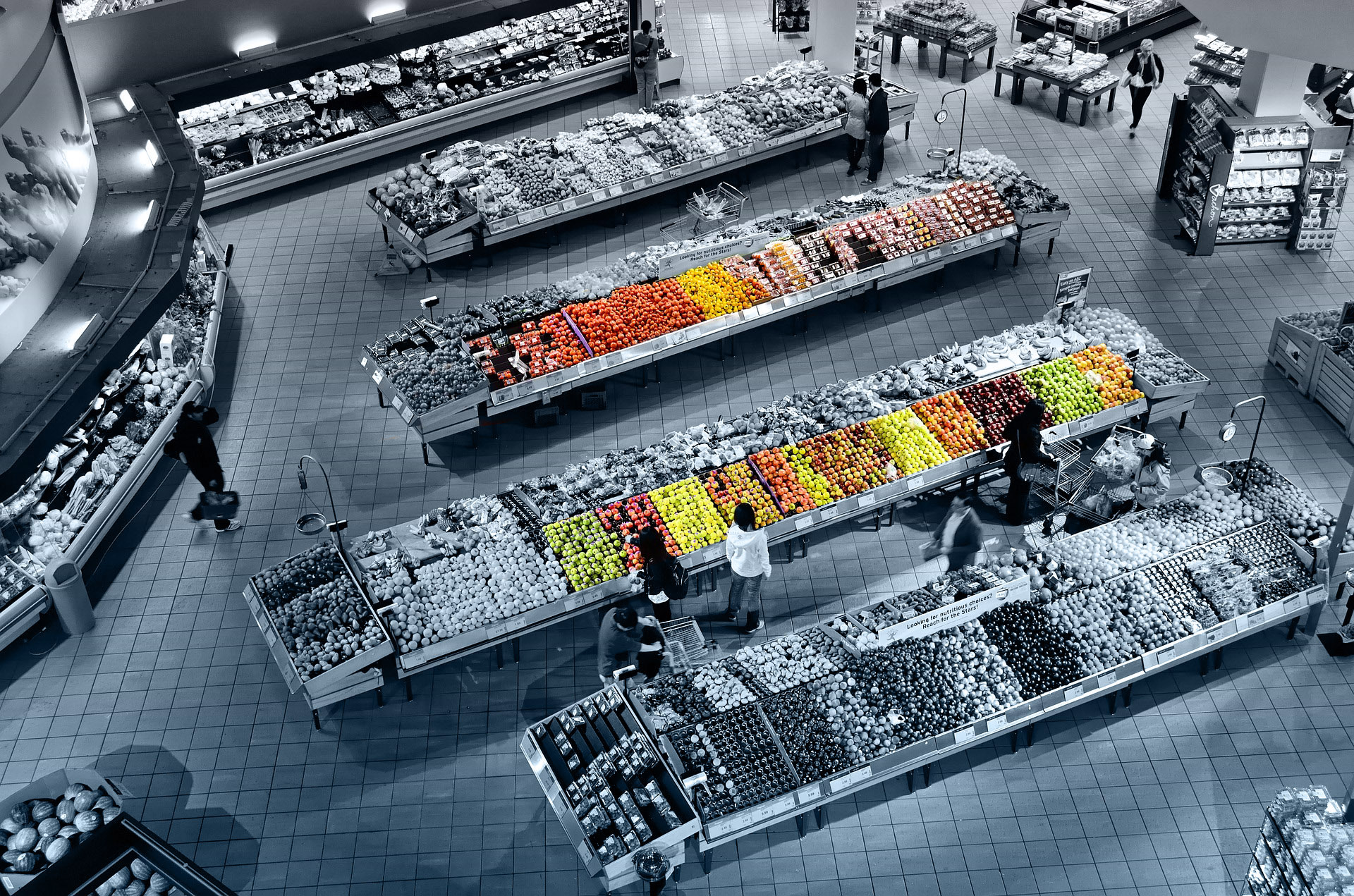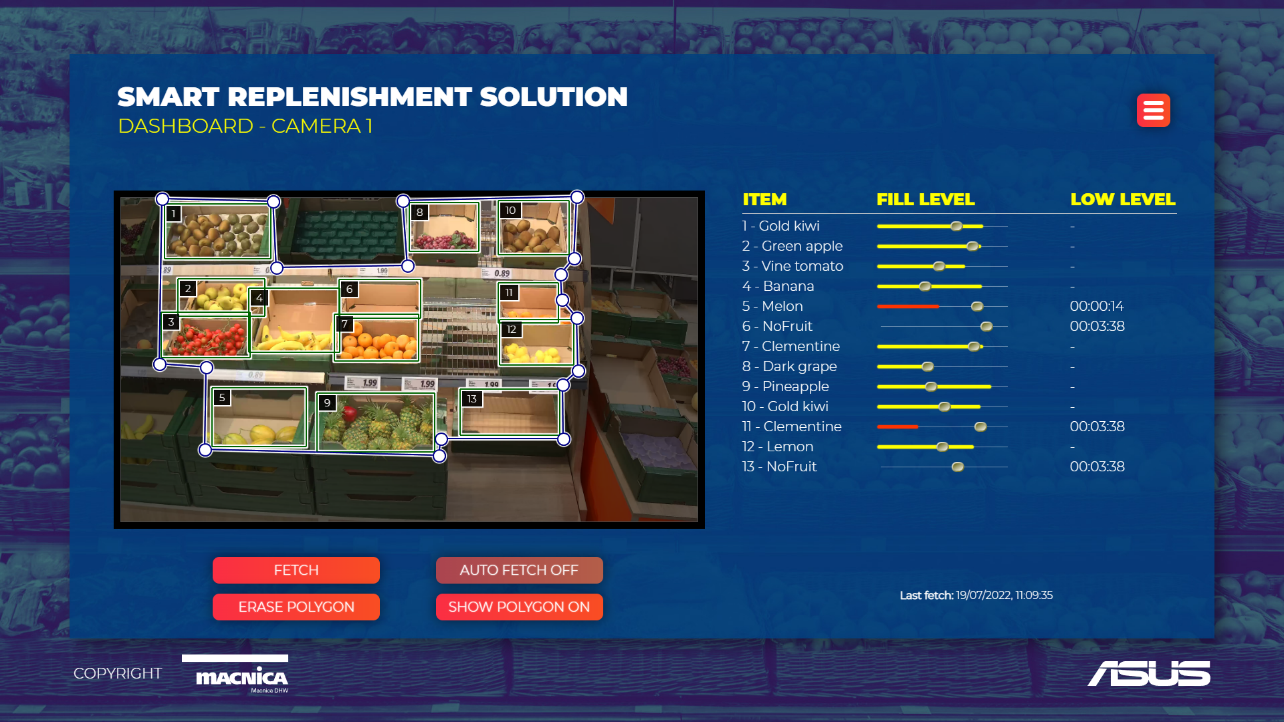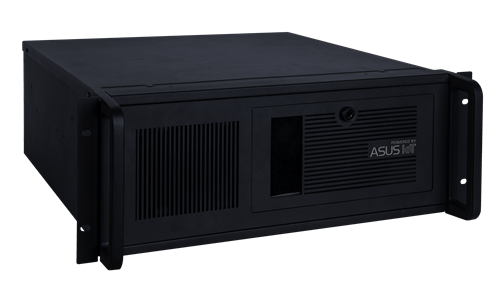
Bringing Automated Intelligence to Store Operations

Food retailers are facing unprecedented pressures in what is an increasingly competitive sector. Ensuring that adequate amounts of high quality goods are always available calls for staff having to be allocated for conducting periodic checks on in-store stock quantities. Also staff will be needed to carry out repricing of perishable products that are reaching the end of their shelf life to urge customers to buy them.
ASUS IoT and it’s partner Macnica DHW have co-developed advanced solutions that are allowing supermarket chains to modernize their stores, benefiting from automation of these previously time-consuming procedures. This enables:
- Heightened operational efficiency
- Faster responsiveness
- Reduced wastage
- Increased profitability
- The making of better informed decisions
Smart Replenishment Solution
The effectiveness of supermarkets’ replenishment capabilities will have a direct impact on their bottom line. Because non-barcoded items (such as fruit, vegetables, pastries, confectionery, etc.) are perishable, high precision control mechanisms are needed. If items are replenished too slowly, then there will be insufficient product available to meet demands, causing unwanted customer frustration and loss of sales opportunities. Conversely, if items are replenished too quickly, then there will be an excess, meaning poor quality products are left on display which might discourage purchases. Either of these situations can be damaging to the supermarket chain’s brand reputation – reducing sales revenues or causing an erosion of customer loyalty.
Periodically monitoring the quantities of different items calls for a heavy allocation of human resources, which adds to operational expense and takes focus away from other important tasks. Also, if staff are busy attending to customers, they will not always notice that there is a shortage of a certain product, so timely replenishment might not be actioned. Finally, a manual approach relies on judgements that are often subjective and may not prove to be totally correct. To avoid these issues, retailers want to move towards data-driven decision making, and this is where ASUS IoT can help.
Empowered by proprietary artificial intelligence (AI) technology, the ASUS IoT and Macnica DHW co-created Smart Replenishment Solution allows food retailers to implement an automated strategy for the restocking of non-barcoded perishable goods within their stores. Capable of running 24/7, it delivers the continuous visibility needed to respond to changing stock levels of different types or produce, so that they can always be kept at optimal levels. The need for laborious manual inspection is eliminated, meaning staff can concentrate on their other responsibilities.
Using the data acquisition and AI accelerator hardware, plus AI analytics from ASUS IoT store manager are able to take the guesswork out of restocking goods, and base this activity on solid data. This technology is complemented by the user interface (UI) and dashboard capabilities provided by software specialist Macnica DHW – which is a valued member of the ASUS AIoT Alliance partner program, and helped co-create the Smart Replenishment Solution. The result is a fully-scalable end-to-end platform that is easy to deploy in any store environment and takes only a short amount of time to configure to specific client requirements.

Via the intuitive UI, store managers are able to define multiple regions of interest polygons for each of the stock monitoring camera units. These regions of interest will relate to particular products. Reliance of computer vision (rather than having level sensors in the containers) means more accurate data on the number of items can be derived. Based on parameters like size and average daily sales quantities, a fill level threshold can be set for every container of non-barcoded produce. The threshold for watermelons could be quite distinct from bananas, for example - as these are larger items that might be sold less regularly, but fewer of them will fill up a container. The store manager can easily adjust the threshold for a container should circumstances change.
Regular image capture allows the product levels to be determined in near-real-time, thanks to fine-grained image recognition and deep-learning AI algorithms, which has been developed by ASUS IoT and integrated by Macnica DHW. Through the system’s accompanying app, store staff are alerted on their smartphones/PDAs when particular items need to be replenished. For example, if the level of fruit in a container goes below the predefined threshold, then it triggers an alert on the app. A member of staff can then react to this - replenishing the container with more of that fruit. The time that has elapsed between product replenishments can also be ascertained through a counter displayed on the UI.
So as to attain elevated system accuracy, images are not utilized if there are people obstructing the region of interest. This also means that GDPR privacy guidelines are always respected and customer anonymity assured. Furthermore, it should be noted that images are processed locally so there is complete abstraction (with no possibility of reverse engineering to obtain unauthorized information).
Once the ASUS Smart Replenishment Solution has been introduced to a new store, it must be trained on multiple samples within that specific setting. This will allow any nuances, with regard to store lighting, container shape or container positioning to be taken into account. The training can be done by either the retailers themselves or with assistance from their systems integrator. The AI can be configured to address global variation in products - for instance, the vegetable types that are popular in Asia or Africa could be quite different to those in Europe or North America.
Through the AI technology employed in the ASUS Smart Replenishment Solution there is huge scope for augmenting supermarket operations - making them more efficient, maintaining product quality, reducing wastage and enhancing the customer experience, while simultaneously keeping down the associated staffing costs. It also gives procurement managers the opportunity to get a better understanding of customers' buying behavior. By referring to the dashboards generated and correlating the acquired data against certain external factors, sales patterns in relation to different products may be identified. From this, higher accuracy predictions about consumer demand can be formulated and product ordering more closely matched to it. With access to greater data granularity, the exact requirements of individual store locations can be established or underlying trends revealed.
The AI-driven ASUS Smart Replenishment Solution is truly turnkey and completely future-proof. As well as being straightforward to install, once in operation it only requires the absolute minimum maintenance from the systems integrator. New products can be added to the store’s inventory and the system quickly trained to include them. The user interface and dashboard elements can be customized so that they are fully aligned with the supermarkets chain’s own unique expectations (suiting both their application parameters and visual identity).
More About the Hardware

Though the hardware will keep on evolving, and adjusted to align with new requirements as they emerge, currently the ASUS Smart Replenishment solution’s hardware foundation is the EBE-4U industrial barebone computer. Enclosed within a 4U chassis is a 2.8GHz Intel 10 Gen i9 processor, accompanied by a high-performance graphics processing unit (GPU), plus on-board solid-state memory and 3 x 3.5-inch format high-capacity HDDs for data storage, as well as a wide array of interface options. The robust unit is directly paired with the Macnica DHW software - but can also be employed in conjunction with software packages from other vendors to address different application scenarios.
Electronic Shelf Labeling Solution
Alongside modernizing the replenishment process, making rapid alterations to product pricing is another dimension to consider. Here ASUS IoT algorithms can once again leverage acquired data to make operations more efficient and minimize human resource costs. Consequently, if it is established that products in certain containers need to be sold off at the end of the day (before their quality starts to deteriorate), then their e-paper pricing labels can be dynamically updated to show what discounting has been applied. It also means that the description for a container can be amended if it is filled with a different type of product. Here, our partner Macnica DHW was responsible for designing the automation system that identifies the price tags through an AI algorithm, and then correlates each tag to its related product to ensure the right price is always displayed.
About Macnica DHW
Macnica DHW is a subsidiary in South America of the Macnica, Inc group, the largest semiconductor distributor in Japan and the fifth largest in the world.The company is consolidated in the Brazilian scene of semiconductor distribution and project development with large clients, in the most diverse markets involving IoT, HPC and Al.Since 2020 Macnica DHW is the Intel Center of Excellence for Al and HPC in Latin America.
